Does David Warner deserve a place in Australia’s XI?
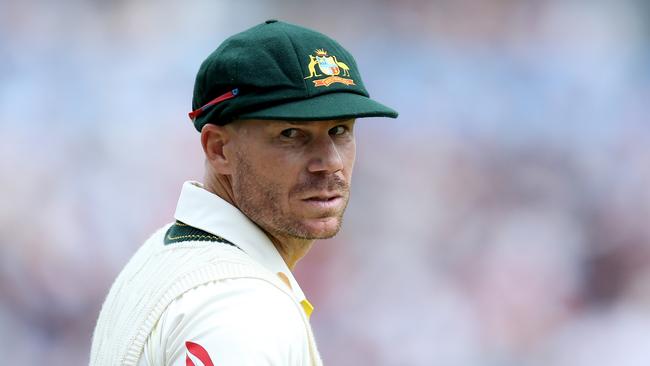
Everyone has a view on David Warner. Everyone has always had a view on David Warner. His whole career has occurred amid a din of opinion, not that said opinion has always been entirely about him.
Since he first represented Australia, without so much as the by-your-leave of a first-class cap, Warner has had a sizeable symbolic quotient: your perspective of him is likely also an expression of your ideas about Australia, about modern cricket, about professional sport more generally. He is arguably the first Australian athlete to have his biggest fan base in India, where he has been the most successful foreign batter in the Indian Premier League and the hardest working cricketer on TikTok.
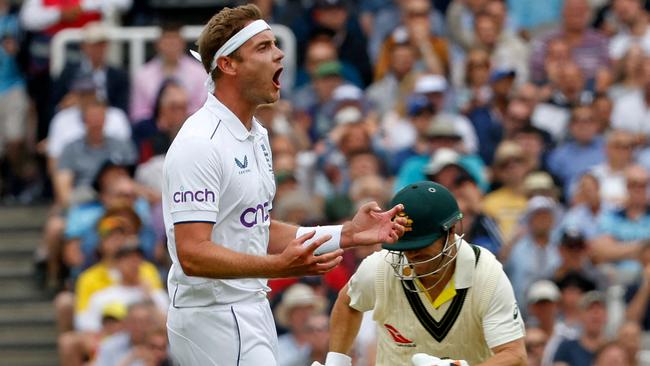
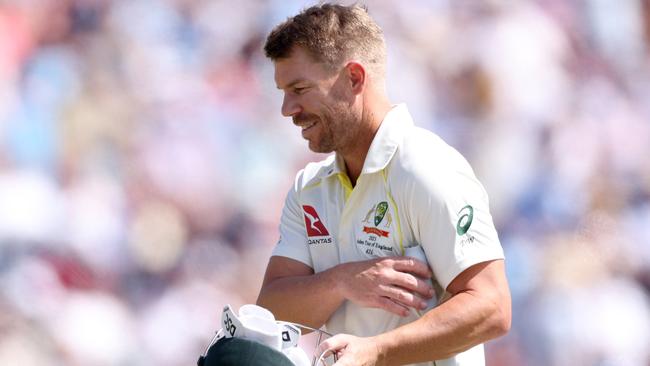
Right now, everyone will have an opinion on Warner’s entitlement to a place in Australia’s XI for next Wednesday’s Old Trafford Test, so effectively has he been nullified by Stuart Broad. Last week at Headingley, Warner cuffed the first ball of the Test for four, but in nine further deliveries contrived to nick off to Broad twice, for the sixteenth and seventeenth time in Tests.
With the exception of a mighty double hundred in the Boxing Day Test, furthermore, Warner has found pickings thin for some time. It was not the end when he was invalided out of the Border-Gavaskar Trophy at Delhi, but it was a memento mori: in his last Test innings in India, it emerged, Warner was battling a sore head and a fractured arm, although he was still irked to fail a concussion test on the odd answer.
Whatever might be said of Warner, he has always shown willing. It was widely thought that suspension would be the end of him. He was permanently tainted; he was disbarred from captaincy; low-hanging franchise cricket fruit must have been sorely tempting.
Nor, in run terms, can his return to the colours be said to have entirely paid off: exclude that bloated triple century against a puny Pakistan attack in December 2019, and his average across the other thirty-two Tests drops to less than 30.

But by declining to slip away in disgrace, by sucking up the odium and humiliation of Sandpapergate, Warner has conveyed something of the sense of honour he derives from playing for Australia. For a cricketer so identified with the new, his is a working-class conservative core. I have never known him to complain of burnout; he has never asked for a tour off, or sought a middle-order bolt hole.
So what has gone amiss in Warner’s game? His batting model was always built on the punishment of width. His jubilant meat-cleaver cut was a feature of his first four Ashes series, in all of which Broad played, in which Warner averaged nearly 50.
But even then the dynamics of right-arm pace to left-handed bats was changing: more than half of it these days is delivered from round the wicket, compared to barely a fifth when Warner’s career began. As they’ve had more practice from this angle, quicks have improved at it too, sacrificing fewer knots and locating top of off lengths more consistently.
Left-handed batters have traditionally succeeded in cricket in outsize proportion, relative to left-handedness’s incidence in the population.
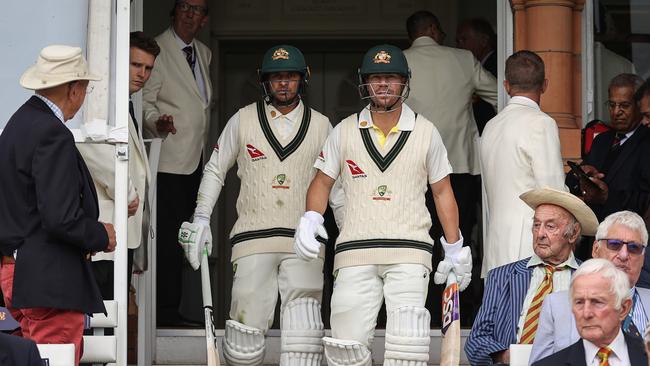
Lately, however, that advantage has been somewhat eroded: Usman Khawaja, Travis Head, Dimuth Karunaratne and Devon Conway are not the force that Kumar Sangakkara, Matthew Hayden, Justin Langer, Mike Hussey, Adam Gilchrist, Andy Flower and Graeme Smith were twenty years ago.
In England, furthermore, Broad is formidable. With his new aptitude for taking the ball away from right-handers, he challenges both edges, while lower bounce brings lbw into play. Warner also now sees so little width that he is inclined to seize on it overenthusiastically, as he did at Edgbaston when, hopelessly off balance, he dragged Broad onto his stumps (and earlier, in the World Test Championship final, when he tried to force Mohammad Siraj off the back foot in the second innings).
So what will Australia do? Since Warner set his own Test career termination date of Sydney 2024, decrypting press conference answers about him has become a full-time philological task.
We first burrowed into Steve Smith’s banality at the Oval five weeks ago: “It’s nice to have an end date if that’s the way you want to go, but ultimately we’ve all got to be doing our job and for batters that’s scoring runs. That’s all of our jobs.” Now there is perceived a tension between coach Andrew McDonald’s affirmation that he was “not here to discuss David Warner” and Pat Cummins’ hedging of “you keep all options open”.
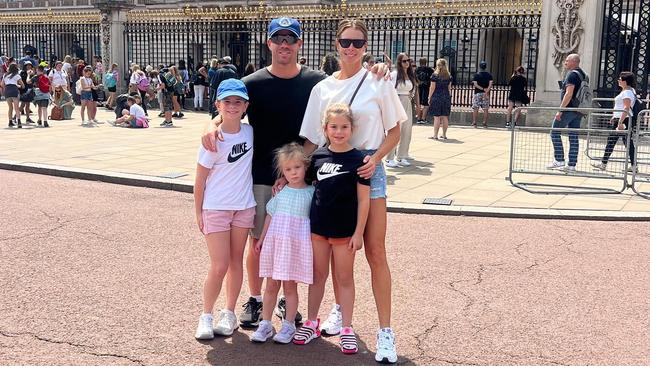
Yet it is perfectly possible for all these to be true, while there remains the further factor that no country is harder on numbers one and two than England: since the last home Ashes, the home team have gone through eight openers themselves. Warner was unlucky to suffer a leg-side strangle in the first innings at the Oval, and a good ball in the second innings at Edgbaston, then was excellent in demanding conditions at Lord’s.
Would his understudy Marcus Harris, rather puzzlingly preferred by Australia to the better-performed Cameron Bancroft, have proven so adaptable in similar circumstances? Would Test cricket of this summer’s intensity be a suitable scenario to recast an opening partnership by relaunching a Test cricketer with three half-centuries in twenty-six innings? Harris, moreover, is an indifferent fielder where Warner is an excellent one, as reliable this summer at slip (four catches) as Joe Root has been fallible (five misses).
So round we will go the next few days before, I suspect, winding up in the same place, with Warner best placed to walk out alongside Khawaja at Old Trafford. What we are guaranteed is that everyone will have an opinion.







It took 30 seconds for the first SMS to come from Australia. David Warner had just been dismissed in the first innings at Birmingham, and a female friend, far from a hardcore cricket devotee, wanted me to know: “I just don’t understand why David Warner still gets a guernsey.’’